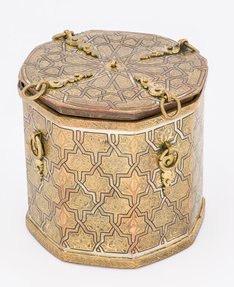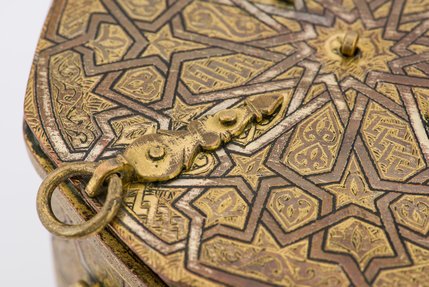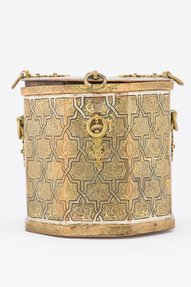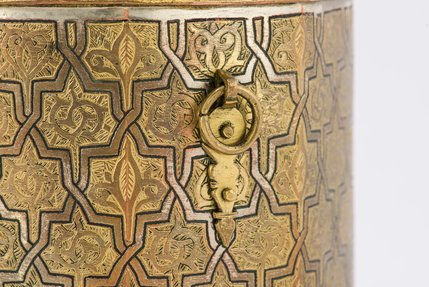Al-Andalus, the Arabic name for Muslim-ruled Spain and Portugal from the beginning of the 8th century CE to the late 15th century CE (late 1st century AH to the late 9th century AH), was the epicentre of culture and creativity and was responsible for producing some of the most outstanding artistic and intellectual traditions. The Iberian Peninsula underwent a transformation with the arrival of the Arab-Berber forces in 711 CE and this gave rise to a flourishing civilisation that became the vital link connecting Africa, Europe, and the Islamic East.
The Rise and Height of Al-Andalus
In the next centuries, cities like Cordoba, Seville, and Granada in Al-Andalus flourished as hubs of learning, art and trade, well-known for their libraries, gardens, architecture, and courtly life. Muslims, Christians, Jews and various other communities coexisted together in a vibrant and shared cultural landscape. This greatly allowed for scientific knowledge, philosophical thoughts, and artistic innovations to flow across geographical boundaries.
The Great Mosque of Cordoba's grand design and the detailed elegance of the Nasrid Palaces within the Alhambra complex in Granada stand as the lasting examples of this extraordinary chapter in both Islamic and European history.







